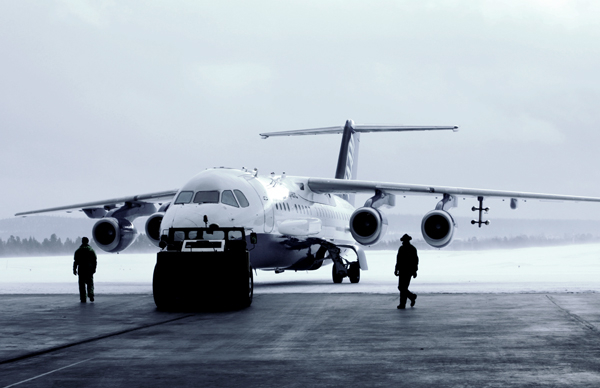NEW DELHI: In order to enhance India’s capability to assess sources of air pollution more precisely and conduct all other airborne atmospheric research, the Centre will deploy a dedicated aircraft for such studies by mid-2021. It’ll ensure availability of more authentic data for policy makers to arrive at specific solutions for different regions.
The aircraft will act as the country’s national facility for airborne research (NFAR) under the ministry of earth sciences (MoES). The government recently floated a tender for its procurement after finalising exact specifications of instruments which are to be installed on the aircraft for such studies.
“The aircraft will come in another 18 months. It will be a small aircraft with sitting capacity for four persons. But, there will be a number of scientific instruments inside. We have already given a list of those instruments which are to be mounted,” Madhavan Rajeevan, MoES secretary, told TOI.
The NFAR will help in various research including pin-pointing the exact episodic and other sources of air pollution in different regions of the country – a prerequisite to take specific corrective measures. India, currently, depends mainly on ground observation data which may not necessarily provide exact scientific details.
The government has already approved establishment of the NFAR with an initial financial commitment of Rs 130 crore. Though the ministry wanted to procure such aircraft by next year, it got delayed due to delay in finalising the airport which could have its hangar.
“We initially wanted to have its hangar at Pune airport. But, we could not get permission as it’s a defence airport. We have now finalised Aurangabad airport in Maharashtra. The aircraft will be used for all airborne atmospheric research, including assessment and monitoring of air pollution, climate and water resources, from different bases across the country,” said Rajeevan.
The hangar at Aurangabad airport will be used for its maintenance and final destination. The aircraft will be owned by Pune-based Indian Institute of Tropical Meteorology (IITM) under the MoES. Currently, many countries, including USA, UK, Japan and China, are using aircraft for airborne atmospheric research and pollution studies.
“It will give us all kinds of data, including on aerosol sampling. Currently, we know only ground-based observation data. Unless you fly to different parts of the country, you won’t be able to know depth of aerosol layers,” said Rajeevan.
The airborne research on atmospheric aerosols and clouds is considered quite important due to its role in weather and climatic systems.
Source: ToI
Image Courtesy: AIRTASK
You may also like
-
Trade Connect E-platform For Exports Is Single Window, Fast, Accessible And Transformational: Shri Piyush Goyal
-
Five Successful Years of Pradhan Mantri Kisan Maandhan Yojana (PM-KMY)
-
Global Study by Leading Experts : Swachh Bharat Mission Drives Significant Reductions in Infant Mortality Rates in India
-
India Graphene Engineering and Innovation Centre (IGEIC) Under the Vision of Viksit Bharat@2047 Launched
-
Government Launches Vishvasya-Blockchain Technology Stack
